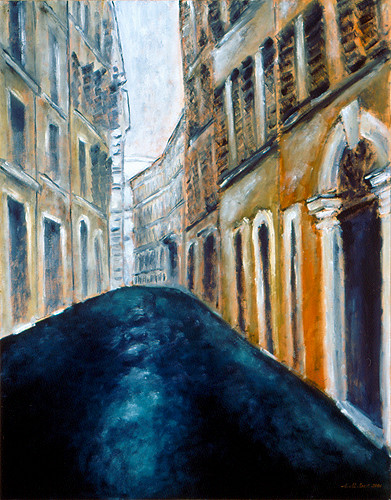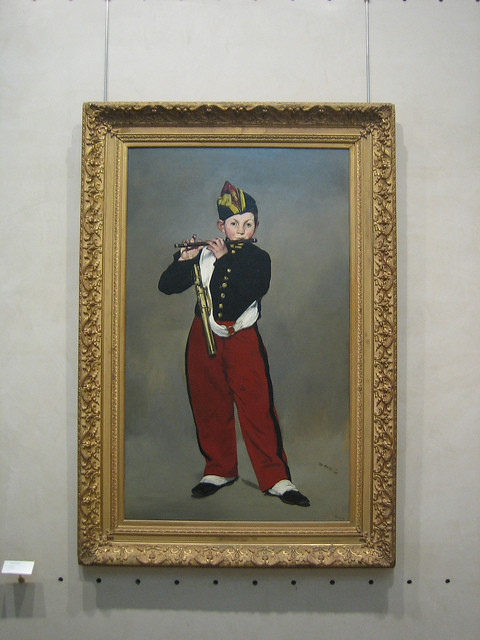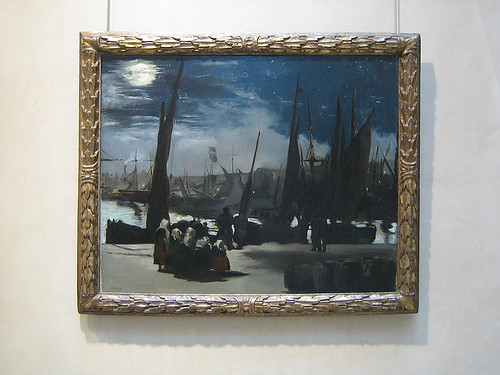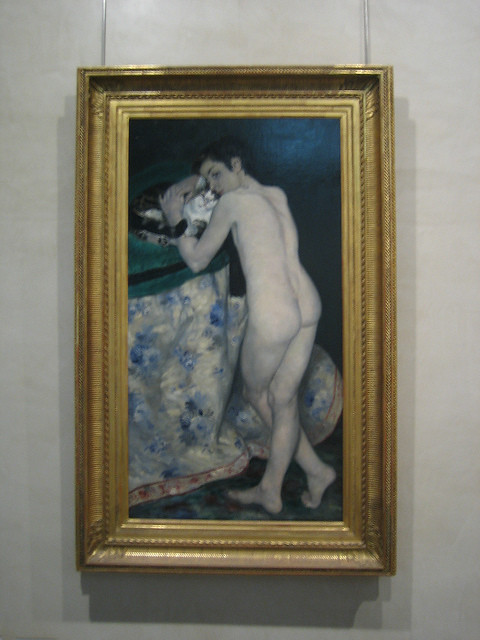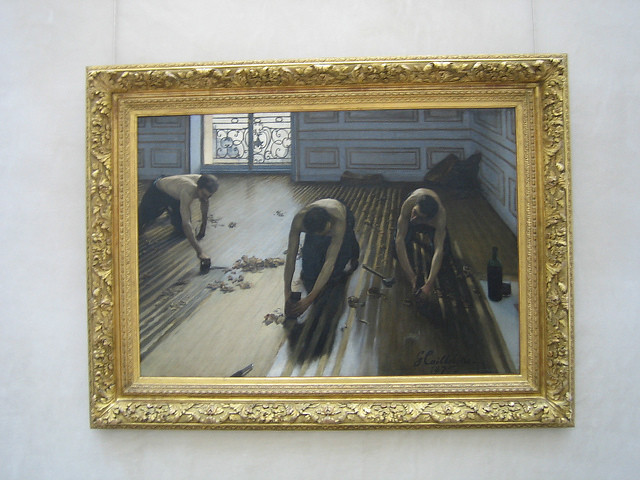Recently, I heard a story on NPR about Cuba's premier theater company
Teatro Buendia's performing at the Goodman Theatre's Latino Theatre Festival in Chicago.
Upon hearing that "the company is performing
La Visita de la Vieja Dama, adapted from Swiss author and dramatist Friedrich Duerrenmatt's
Der Besuch der Alten Dame (The Visit of the Old Lady), I immediately longed to be there.
This play has always occupied a special spot in my heart. I saw a Chinese adaption on television when I was about eight years old and its majestic yet sinister characters, biting cynicism made a great impression on me and ever since, I longed to see it in theater.
Over the years, I saw some student productions on Youtube, heard amazing operatic recordings of the operatic adaptation, but never got a chance to see any of its reincarnations.
I have suggested my local theater to engage
Rita Moreno for the title character Claire but she graced us with something else. So, my waiting continues.
To the people who are not familiar with Dürrenmatt, the plot of the play is such: Claire was seduced and abandoned by her sweetheart Ill and left the town heartbroken. Years late, a fabulously rich widow, she returned to offer to rescue the down-trodden hometown, on condition that the townfolks to kill Ill. Outraged, people rejected her brazen proposal. Yet, people started to purchase things they could not afford and get loans and credits ever bigger. Even Ill's daughter and son joined the folly. People still rejected the old lady's proposal but the pressure was building up on Ill and finally, he, realizing that his own sacrifice would be an atonement for his sin, in a transforming moment, decided not to run away but accept the inevitable verdict and offered himself to be killed by the congregation of the townfolks. Claire left with the huge coffin she brought to town at the beginning of the play, with her sweetheart's body inside, after having left an enormous amount of money.
This is a very biting play but not all bleak. It has a lot of humorous moments as well. A brilliant tragicomedy.
Another wonderful play of his is
Romulus the Great. Romulus was the last emperor of the Western Roman Empire. In Dürrenmatt's play, Romulus deliberately neglected his duty, and sabotaged every effort of his ministers, generals, empress and other nobles to save the empire from collapsing. He saw the empire as an evil entity and must be destroyed to liberate the people under its yoke. Romulus became a visionary tragic hero, instead of the usual view of dim-witted ninny.
During the bleak days of George W. Bush's rein in the US, time to time, I wondered if how history will treat His Majesty Bush. The prevailing view is that he was a dim-witted ninny; however, I wondered often if he might be a closeted visionary and revolutionary, who saw the evil deeds of the United States of America and the havoc is had created to the world, his deeds included, and was determined to undermine the United States of America by all means, in order to achieve his goal of kill the evil imperialist empire, the United States of America.
Was I dreaming a fantasy? I'm still not sure.
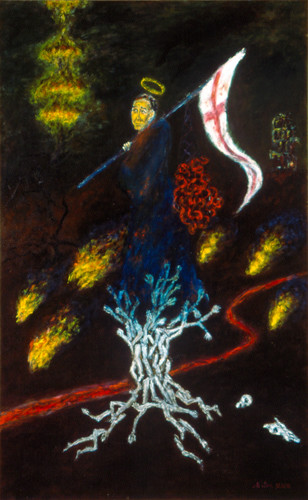 The Triumph of Saint George, 2003
The Triumph of Saint George, 2003
© Matthew Felix Sun



